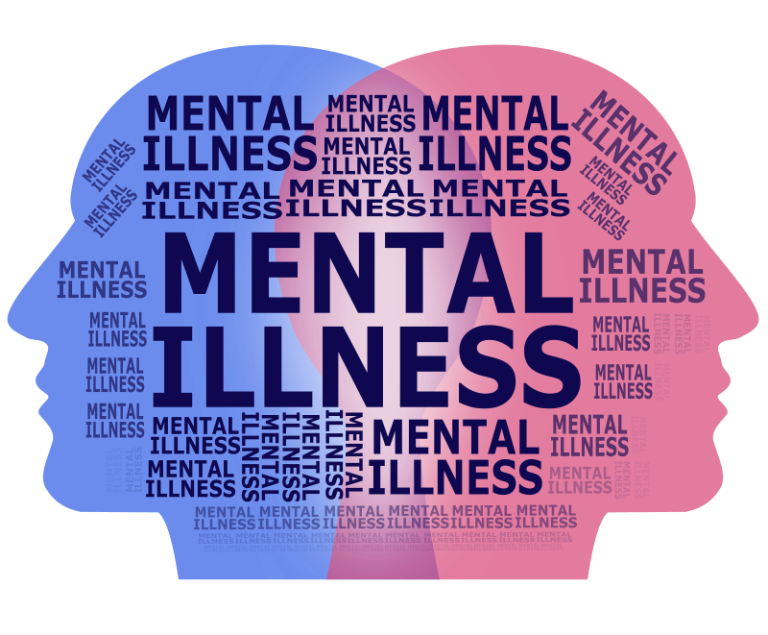The Role of Trauma in Early Onset Borderline Personality Disorder
-
by
Dr Constantina Katsari
- No Comments on The Role of Trauma in Early Onset Borderline Personality Disorder
Borderline Personality Disorder (BPD) is often perceived as a disorder of sudden eruptions—explosive emotions, impulsive behaviours, fractured relationships. But these visible patterns often trace back to quieter, earlier ruptures in childhood. A 2021 review by Bozzatello and colleagues makes a compelling case that early trauma—especially when combined with genetic and temperamental vulnerabilities—plays a central role in the development of BPD in adolescence.
A Landscape of Loss: Trauma as a Core Contributor
The review examined over 50 studies published between 2000 and 2021, focusing on young people aged 9 to 21. It found that trauma is not merely a background feature in early BPD; it is often the ground itself. Experiences of sexual abuse, physical and verbal abuse, emotional neglect, and bullying were strongly associated with the early onset of BPD traits. When combined with temperamental factors such as emotional reactivity, low self-control, and impulsivity, the risk intensifies.
Research shows that in up to 90% of cases, individuals with early-onset BPD report some form of childhood trauma, significantly higher than rates observed in other personality disorders. The specific nature and timing of the trauma also seem to influence how BPD manifests. For instance, sexual abuse in early childhood was linked with more persistent and severe symptoms, including dissociation and self-harm. Neglect and emotional unavailability from caregivers appeared to contribute more to chronic feelings of emptiness and unstable self-image.
Broken Attachments and Emotional Fallout
One of the key takeaways from the research is that these early adverse experiences disrupt the development of a child’s ability to regulate emotions and form secure attachments. In environments where children are repeatedly exposed to harm or abandonment, they learn to expect pain in relationships. The result is an internal working model where others are seen as dangerous or untrustworthy, and the self as unlovable or broken. These patterns often echo in the hallmark symptoms of BPD: fear of abandonment, unstable relationships, identity confusion, and chronic emotional volatility.
Attachment theory helps explain this cascade. When a child experiences inconsistent or abusive caregiving, their blueprint for future relationships is damaged. They may seek closeness while simultaneously expecting rejection, leading to the push-pull dynamic so characteristic of BPD. This emotional chaos is not a sign of immaturity or bad behaviour, but a survival adaptation to a world that once felt unsafe.
Biological Scars of Psychological Harm
The authors also emphasize the biological imprint of trauma. Children exposed to chronic stress show alterations in brain structure and function, including reduced volume in the hippocampus and prefrontal cortex—areas responsible for emotion regulation and impulse control. The hypothalamic-pituitary-adrenal (HPA) axis, the body’s central stress response system, becomes dysregulated, leading to heightened cortisol levels and a constant state of physiological arousal. This neurobiological sensitivity can manifest as an exaggerated response to everyday stressors—a trait commonly seen in young people with BPD.
Neuroimaging studies reinforce these observations. Adolescents with a history of trauma and emerging BPD symptoms show changes in white matter connectivity and amygdala hyperactivity. These neurological changes make it harder to soothe emotional distress or make rational decisions under stress, reinforcing the behavioural volatility seen in BPD.
When Genes Meet Adversity: The Diathesis-Stress Model
Moreover, the review delves into the complex interplay between genetics and environment. Specific gene variants, such as those linked to the serotonin and dopamine systems (e.g., 5-HTTLPR, MAOA, COMT), may heighten a child’s sensitivity to trauma. Polymorphisms in stress-regulation genes like FKBP5 and CRHR2 were more common in individuals with BPD who had a history of physical or emotional abuse. These findings suggest a diathesis-stress model: genes may load the gun, but trauma pulls the trigger.
This interaction helps explain why not all children who experience trauma develop BPD. Some carry genetic resilience, while others are biologically predisposed to develop heightened emotional sensitivity and dysregulation in response to adversity. Understanding these mechanisms allows for more personalised and preventative interventions.
The Invisible Wound: Bullying as Trauma
Importantly, the review also draws attention to bullying as an underestimated but potent form of trauma. Children who experienced peer victimization were seven times more likely to exhibit BPD symptoms by early adolescence. Unlike abuse within the family, bullying undermines the child’s sense of safety in the broader social world, reinforcing feelings of worthlessness and social rejection.
Chronic bullying was associated with increased risk for relational aggression, emotional instability, and self-injury. The more prolonged the bullying, the more likely it was to result in severe BPD features. These findings underline the importance of addressing peer environments in mental health prevention strategies.
What This Means for Carers
So what does this mean for carers? First, it reinforces the importance of recognising BPD not as a character flaw or disciplinary problem, but as the echo of early experiences—many of which are outside the young person’s control. It calls for a shift from blame to understanding, from punishment to support.
For those supporting someone with early BPD traits, this knowledge can help frame the behaviours not as defiance, but as adaptive responses to earlier trauma. It can also underscore the urgency of trauma-informed care: interventions that account for history, regulate the body’s stress response, and rebuild trust in relationships.
Carers often ask whether their support can make a difference. The research says yes. Secure relationships in adolescence and adulthood can buffer the effects of early trauma. When carers model consistency, emotional regulation, and empathy, they become co-regulators for the young person’s nervous system, helping to restore balance.
Trauma-Informed Tools for Families
BPD UK’s services are designed with these realities in mind. Our AI Coach integrates trauma-informed principles into every interaction. Our webinars and peer groups acknowledge that behind every outburst or shutdown is often a younger self still trying to make sense of early pain. And our educational content helps carers understand how attachment, biology, and environment intertwine to shape what we call BPD.
We also advocate for whole-family approaches. Trauma doesn’t happen in isolation, and neither does healing. When carers have the tools and support to manage their own stress, communicate clearly, and maintain healthy boundaries, it reduces the overall emotional volatility in the household.
The Promise of Prevention
This biopsychosocial lens also opens up new routes for prevention. Early intervention with at-risk children—particularly those with known trauma histories or visible temperamental vulnerabilities—can mitigate the long-term effects. Supporting carers in these households is equally vital. By helping families build emotional literacy, consistency, and healthy relational patterns, we not only support the child, but reduce the intergenerational transmission of trauma.
Trauma screening in schools, carer education programmes, and early therapeutic support can disrupt the trajectory from adversity to diagnosis. It’s a shift from reactive crisis management to proactive care.
Conclusion: Rewriting the Story
In conclusion, BPD doesn’t appear overnight. It builds over years of relational injury, emotional confusion, and biological stress. But with the right understanding and support, these pathways can be redirected. Carers are often the first responders in this long arc of healing. The more they understand the roots of BPD, the better equipped they are to hold the present with compassion—and to help shape a different future.
For full access to the original study, visit: https://www.frontiersin.org/articles/10.3389/fpsyt.2021.661216/full
💬 Caring for someone with BPD?
👉 Book a FREE One2One support session
🧠 Join our FREE webinars and peer groups
📩 To book email us at: info.bpduk@gmail.com
Discover more from BPD UK
Subscribe to get the latest posts sent to your email.




